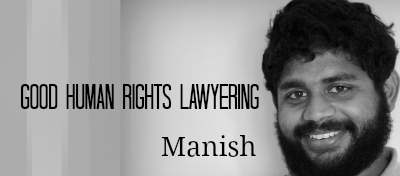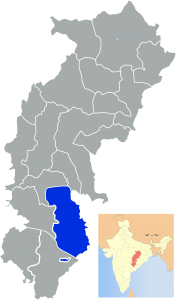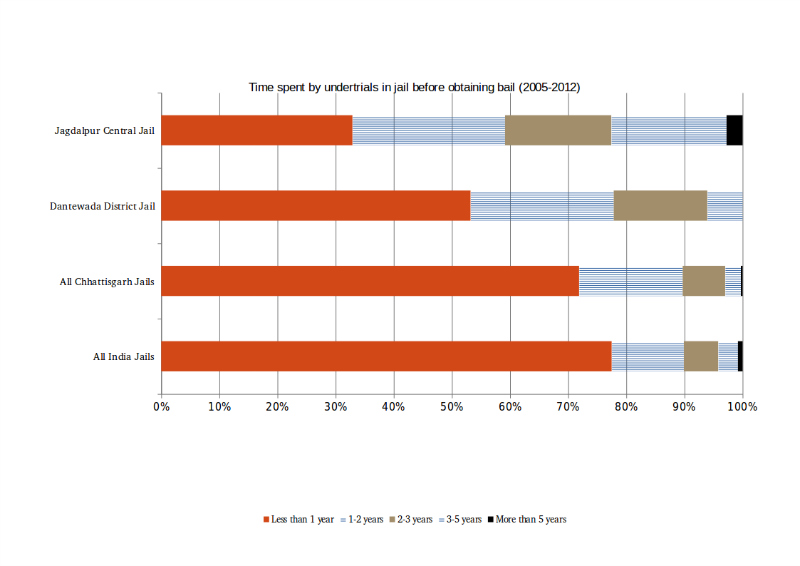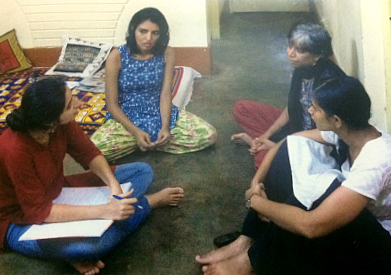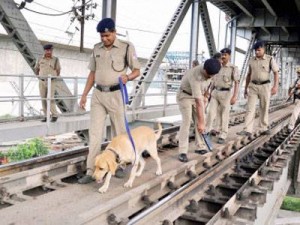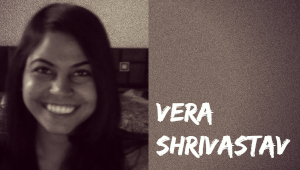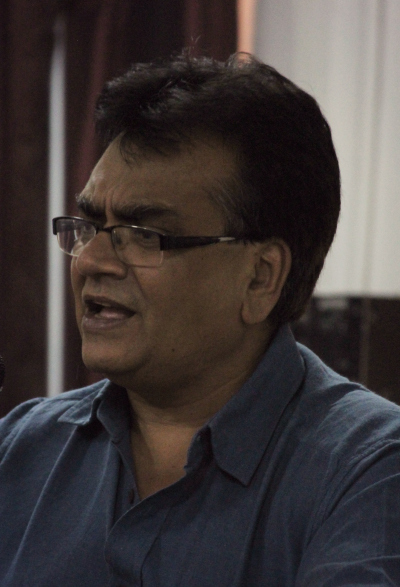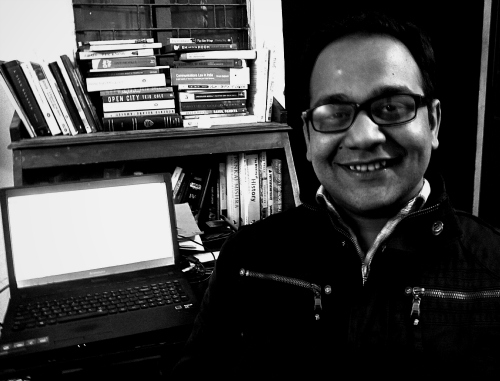 I am a counsellor working with juveniles in conflict with law. Most of them are boys and some have committed crimes like rape and murder. These are crimes that the Juvenile Justice (Care and Protection of Children) Bill, 2014, which was recently passed by the Lok Sabha, considers ‘heinous’ crimes.
I am a counsellor working with juveniles in conflict with law. Most of them are boys and some have committed crimes like rape and murder. These are crimes that the Juvenile Justice (Care and Protection of Children) Bill, 2014, which was recently passed by the Lok Sabha, considers ‘heinous’ crimes.
Mohan*, a 17-year-old charged with rape, told me about recurring nightmares of a gang rape he had witnessed. He had been the ‘lookout’ outside the door as four “rowdies” raped a middle-aged woman whose husband owed them money. He had desperately wanted to prove them wrong. Asked to clean up after them, he offered the woman a glass of water. Later, she identified him in the line-up.
Mohan was guilty and he should be punished. But should he be punished with imprisonment that will inevitably expose him to brutal violence and sexual abuse and trigger further anger? Will Mohan reform if he is sent to jail where adult convicts and offenders are most likely to groom him for further crime? Are there alternate and developmentally appropriate correctional methods that actually lead to changes in his behavior and enable solace and a sense of justice to the victim?
Mohan repeatedly told me and demonstrated through his behaviour that he was remorseful and willing to do whatever it took to do this. But we do not have such programs for juveniles in India.
Then there was Joseph*, a 17-year-old with floppy hair and sad eyes. He would sit quietly in a corner and burst into tears when I first met him at an observation home where he was being held. He was charged with the rape of Leena*, a 16-year-old Hindu girl. Medical reports had showed that she was a few weeks pregnant. Joseph had been apprehended while trying to board an inter-state bus with her, two days after she had gone missing from her house. After working with Joseph, a different story emerged.
Joseph had known Leena for the two years and they were in love with each other. A year previously, Leena’s father, who had seen them together on Joseph’s bike, had warned Joseph to stay away from his daughter. A few months later, Leena told Joseph that she was seeing another boy and broke up with him.
They had not met each other since then till three days before his apprehension when Leena turned up at Joseph’s house and told him that she had decided to commit suicide as she was being harassed by her parents. She also told him that she was pregnant by her boyfriend (who was related to her father’s family) and that her parents would kill her if they came to know of it. She asked for his help in aborting the child. Joseph stole money from his elder sister and decided to take her to a nearby city, where he was apprehended by the police. Leena’s parents filed a case of rape and kidnapping against Joseph.
In many of the cases of ‘rape’ against juveniles, there has either been consensual sex between the accused and the ‘victim’, or a false case has been filed against the boy (usually by the girl’s parents), especially where the boy and the girl belong to different castes, religions, or strata of society.
16-year-old Sathish* was charged with killing his father in a fit of rage. A chronic alcoholic, his father used to regularly beat his mother, his younger sister, and him. Sathish, despite being academically bright, dropped out of school to work at a local hotel washing dishes. His father’s bouts of drinking and violence continued unabated. One day, Sathish had enough. When his father attacked him, he hit back and slashed his father’s throat with a razor. He was found guilty of murdering his father. Although she had no role in it, his mother was also sent to jail as an accomplice.
Unlike other juveniles who simply languish in the system without intervention or rehabilitative services, Sathish received intensive counseling from me and psychiatric treatment from the Department of Child and Adolescent Psychiatry at the National Institutte of Mental Health and Neuro Sciences during his time in the juvenile justice system. With help from an NGO willing to take him in and support his education, he went on to write his 10th Standard exams. Later, he enrolled in an evening college and is slowly but surely trying to reclaim his life. His mother and sister are also receiving counselling and support in piecing their lives together.
While these are examples of some juveniles charged with having committed heinous offences and subsequently found guilty by the Juvenile Justice Board, not every juvenile charged with a heinous offence is actually found guilty. If the JJ Bill 2014 were to become law however, the Juvenile Justice Board would have to make a very arbitrary assessment of the child’s ‘mental and ‘physical capacity to commit the crime’ and decide whether they should be tried under the juvenile justice system or the adult criminal justice system. At present, there is simply no way psychologists or psychiatrists or other experts can make a scientifically sound determination of whether the crime was committed in an ‘adult frame of mind’ or a ‘childish frame of mind’.
Crime and the juvenile mind
Juveniles are certainly capable of committing heinous crimes like rape or murder. What they are often incapable of however, is to resist the peer pressure to indulge in risky behaviour that creates or leads to such situations. Research by neuroscientists and psychologists show that adolescents – especially between the ages of 16 and 18, are highly susceptible to peer influences, have poor impulse control, and their decision-making abilities often fail them in high pressure situations. This is because the part of the brain called the pre-frontal cortex, which is responsible for controlling these aspects – namely impulse control, behaviour regulation, and future orientation – is still in the process of developing.
Also, in my experience, juveniles who commit heinous crimes are very often victims of violence, neglect, emotional deprivation, sexual abuse, broken families, poverty, substance abuse and so on. All of these factors are known to influence and impede healthy brain development. While they do not make their actions right or take away the pain and damage caused to the victims and their families, it provides a certain perspective to understand why and how adolescents who should be in school or college end up committing rape or murder.
Almost every juvenile that I have worked with has expressed remorse and sadness for their actions when they feel safe to do so in a therapeutic environment. Many of them have often spoken of a deep desire to make amends to their victims and their families. A 17-year old charged with murder wanted to give his monthly earnings to the family of his victim as he felt he had deprived the family of an earning member.
My experience has been that juveniles who commit these heinous crimes do not get off lightly. They are traumatised and haunted by their actions and the pain of their victims. Depression, post-traumatic stress, nightmares, psycho-somatic disorders and a host of other mental health problems continue to dog them for years. They are cut off from their families, have to give up their schooling, and are removed from all that they hold dear. To a young person, that is often the harshest punishment one can give. Besides, the conditions at the reformatory institutions – whether Observation Homes, Special Homes, or Places of Safety – are not exactly idyllic. There is nothing ‘special’ about special homes and all these are just euphemisms for prison or prison-like conditions. Physical violence, neglect, sexual abuse and substance abuse are usually rampant. The over-worked, ill-trained and poorly rewarded staff at these institutions are not oriented to care giving or working professionally in a correctional setting for children and adolescents.
Transferring adolescents between the ages of 16 and 18 years to the adult criminal justice system and incarcerating them in adult prisons will only lead to a situation where these youngsters will come out of jail a few years later – thoroughly groomed and trained as career criminals. Instead, investing in strengthening the existing juvenile justice system – where they still have a chance to reform themselves and helping them take responsibility for their actions, teaching them to make amends to their victims and to society in appropriate ways – is the way to help prevent further crime and actually bring about some measure of healing and justice for all concerned. Restorative justice has the potential to bring together the juvenile, the victim, and society in a meaningful way. Some countries are already trying it, with varying and encouraging degrees of success.
Juvenile justice is a complex issue and there are no easy answers that will satisfy all. There is a need to balance the rights and interests of the juvenile, the victim and the society. Debate, discussion and engagement with young adolescents at risk and understanding and addressing their concerns before they commit a crime would be a positive step forward. Shutting them away in prisons afterwards will not help anyone.
Kalpana Purushothaman is a senior Counsellor at the Centre for Child and the Law, National Law School of India University.
*Names and some case details have been changed to protect identity

